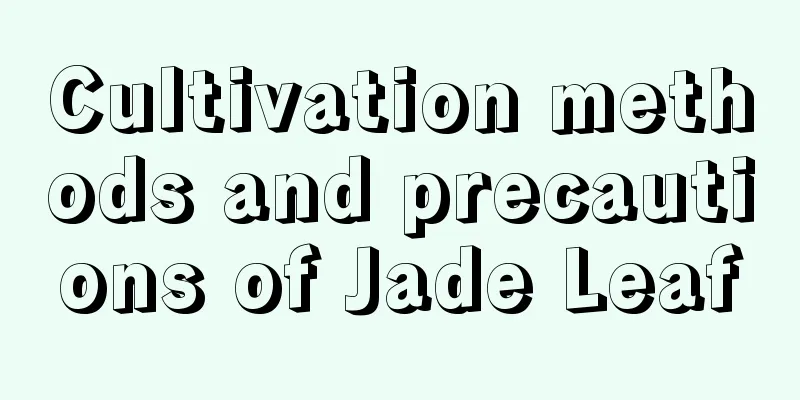What material is ceramsite made of and what flowers are suitable for it

1. What materials are it made of?There are many varieties of expanded clay, and the materials that make it up are also many. The main raw materials are clay, mudstone, minerals, expanded clay rock, shale, fly ash, etc. There are many expanded clays made of new materials now. Expanded clays made of different materials have different names. Expanded clays made of high-quality bauxite, coal and other materials are called bauxite expanded clays, expanded clays made of riverbed mud are called riverbed mud expanded clays, and expanded clays made of processed urban garbage are called garbage expanded clays. Clay expanded clays can also be made with clay, sub-clay and other materials as the main raw materials. In addition, there are shale expanded clays, coal gangue expanded clays and so on. 2. What flowers are suitable for growing?Although expanded clay is a building material, it has a wide range of uses for growing flowers. It is very suitable for growing flowers with high air permeability and water permeability, such as tulips, hyacinths, asparagus ferns, gerberas, schefflera, gladiolus, cyclamen and other flowers. When cultivating, the main thing is to pad the bottom of the flowerpot to drain water, and then add soil to plant flowers. It can also be mixed with other materials to make a substrate for use, and you can also choose some brightly colored ones to spread on the surface of the flowerpot. Although expanded clay is suitable for growing flowers, it is not necessary to use expanded clay. It is not a necessity. If you don't have expanded clay, you can use gravel or broken bricks instead. |
<<: The role of ceramsite, how to use ceramsite to grow flowers
>>: The correct use of coconut husk bricks and how to mix soil
Recommend
When is the best time to control the growth of sweet potatoes (why do we need to turn the vines to control the growth of sweet potatoes)
Sweet potatoes grow from early July to late Augus...
When and how to plant autumn cauliflower
Autumn cauliflower planting time The appropriate ...
Black bean planting time and method
Black bean planting time Generally speaking, the ...
How many times does Oncidium bloom in a year? What should we do after the flowering period?
1. How many times a year does it bloom? Oncidium ...
How long does it take for zucchini to bloom and bear fruit? How many days does it take for zucchini to bloom and bear fruit?
How long does it take for zucchini to bloom? It t...
How to grow camellia so that it blooms
Camellia flowering time Camellias usually bloom i...
Things to note when growing flowers in spring
Spring flowers and plants need to be adaptable In...
Azaleas don't survive when planted. How can I plant azaleas to make them survive?
1. What are the reasons for the failure of planti...
Is it better to grow succulents in a large pot or a small pot? What kind of flower pot is suitable for succulents?
If you want to grow succulents well, it is very i...
How to plant mango seeds
Mango Seed Introduction Mango seeds are generally...
The cultivation method and precautions of Yimoxiang
1. Sunlight To grow the osmanthus fragrans, you n...
How often should you water your sunflowers?
How often should you water your sunflowers? Sunfl...
Do you need to water the red flower jade thoroughly? How often should you water it?
Is the watering of the red flower jade thorough? ...
The efficacy and function of perilla leaves, how to eat perilla leaves
1. Efficacy and Function 1. Stop bleeding: Perill...
How to deal with Phalaenopsis orchids after they wither
1. Pruning After the Phalaenopsis orchid has fini...









